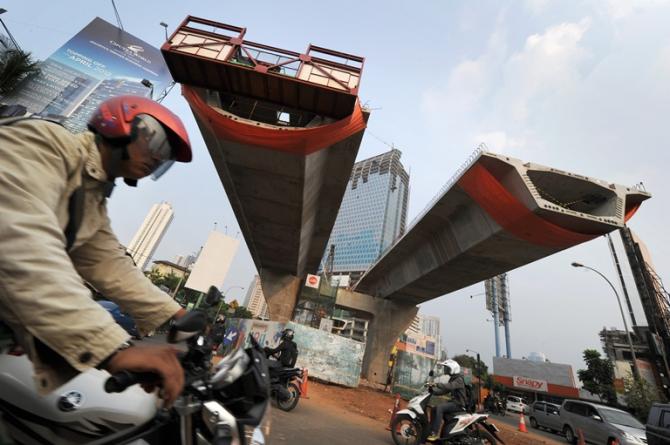
Although the percentage of ASEAN’s trade with the rest of the world decreased from 51 percent in 2000 to 41 percent in 2011, trade between ASEAN members and with its dialogue partners during the same period increased from 27 percent to 34 percent. Foreign direct investment inflows to ASEAN in 2011 hit a record-breaking $114 billion, a 23 percent increase from the previous year. FDI also grew in 2012 and 2013. At the same time, international tourist arrivals into ASEAN increased to 81 million in 2011, 47 percent of which were intra-ASEAN visitors, thanks to the grouping’s free visa-on-arrival policy and affordable air travel across the region.
Notwithstanding continuing global economic uncertainty, particularly within the euro zone, ASEAN continues to show its economic resilience, growing at more than 5 percent annually. Per capita income increased from $2,300 in 2010 to $3,800 in 2012. The Asian Development Bank Institute predicts that ASEAN’s per capita income could double by 2030 if the region continues to be innovative, competitive and harmonious. ASEAN’s combined GDP of $2.2 trillion makes it the third-largest economy in Asia, after China and Japan. The 1997-1998 Asian Financial Crisis provided significant lessons and enabled ASEAN to make a relatively quick exit from the fallout of the 2007-2008 Global Financial Crisis.
A series of measures have been taken to keep the ASEAN economy strong. The Chiang Mai Initiative, a multilateral currency swap arrangement that includes ASEAN, China, Japan and South Korea, was established to prevent a repeat of the 1997 Asian crisis in the region. The implementation of the Master Plan for ASEAN Connectivity, adopted in 2010, addresses infrastructure issues and enhances competitiveness. In addition, the entry into force of the Comprehensive Investment Agreement will further boost foreign direct investment.
The launch of the ASEAN Single Window pilot project, the establishment of the ASEAN Exchange in 2011 and the ASEAN Infrastructure Fund last year are specific measures to enhance integration and competitiveness. Continued negotiations to finalize services and investment agreements, particularly with its free trade agreement partners and within the negotiating process of the Regional Comprehensive Economic Partnership (RCEP), are essential to ASEAN’s integration into the global economy.
Stability, yes, but challenges remain







%20resized.png)
